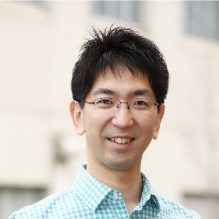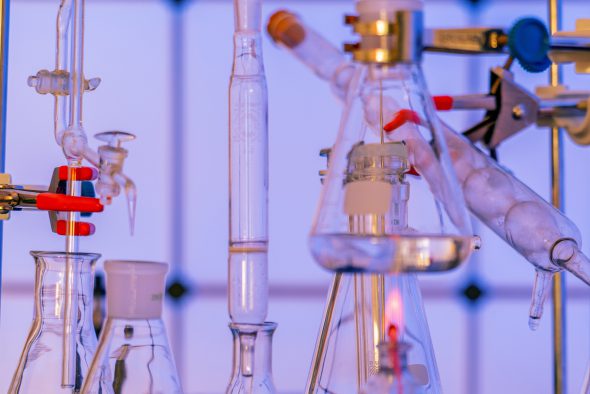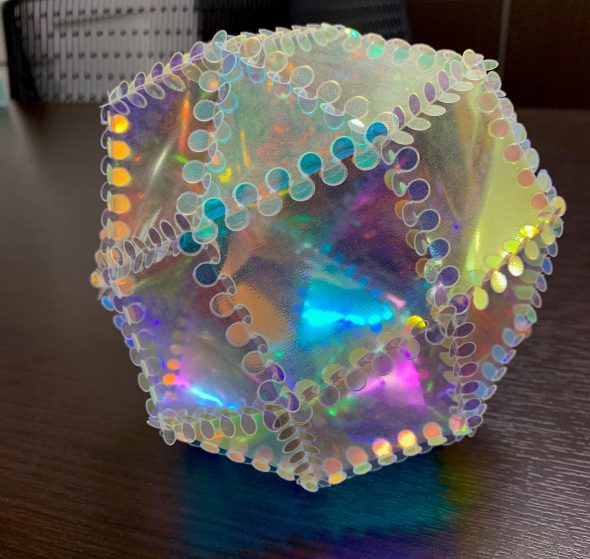-
About
- Kyoto Prize
-
Research Grants
-
News
This website uses cookies to improve the user experience. If you continue on this website, you will provide your consent to our use of cookies.
About
Research Grants
News

InaRIS Fellow (2022-2031)
Associate Professor,Institute for Advanced Study, Kyoto University*Profile is at the time of the award.
2022InaRISScience & Engineering
One solution to this problem is the development of precise and highly-functional matrices that allow proteins to function outside the biological environment. In this solution, it is necessary to tailor the pore size to the minimum necessary for inclusion of the target protein as a "single molecule" (i.e., no more than two molecules), in response to the diameter of the guest protein.
Dr. Fujita's research proposal is to protect unstable protein molecules with a giant capsule-type molecule that he develops, and to utilize its functions. Dr. Fujita has already produced a new design guideline for self-assembled systems by introducing a mathematical viewpoint (graph theory). The guideline allowed us not only to understanding the structures of self-assembled products that were previously reported in a unified manner but also to design a new self-assembled structures, and he demonstrated that the size limit of cages could be expanded to nearly 10 nm, whereas the previous was 3-5 nm in diameter. The advantage of molecular cages with this size is to encapsulate most protein molecules, and Dr. Fujita proposes to use these cages to protect protein molecules and utilize functions of proteins in devices. Although this proposal originated from "the crystalline sponge method," which applies the self-assembling cage to the structural analysis of protein molecules, invented by his mentor Dr. Makoto Fujita, it can be said that Dr. Daishi Fujita is novel in that he focuses on the flexibility of the cage when the molecules are conjugated and utilizes the physical functions of the guest protein molecules outside the biological environment.
While working on a project of a world record challenge for giant molecules assembly, Daishi Fujita had a dream: "What kind of world would open up if we could create a large molecular capsule?” He says just a dream at that time has become a realistic goal for scientific research, now that he found a way to create “a giant precise molecular capsule that can encapsulate a whole protein.” This dream could be a pathway to the creation of a new field of chemistry.
Dr. Fujita is a cutting-edge researcher of a new era in coordination chemistry, and with the support of the InaRIS Fellowship, we hope that he will continue to develop sophisticated research based on innovative ideas and open up the frontiers of materials research over the next 10 years.
Science & Engineering


